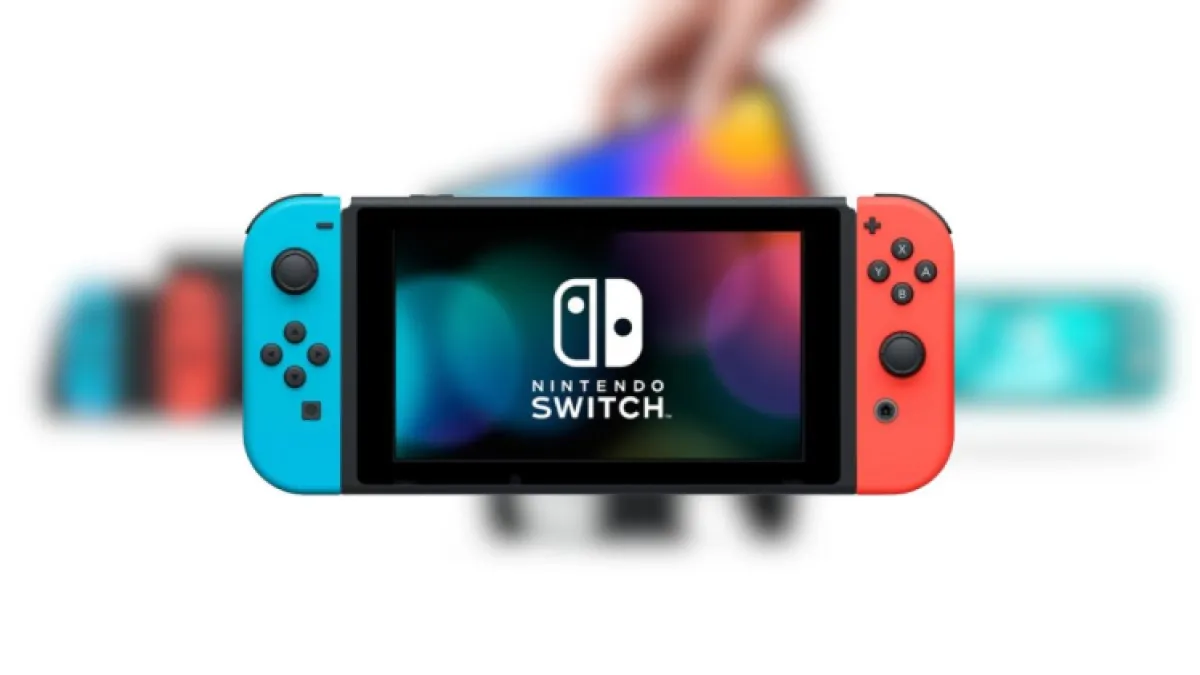When purchasing new technology, it’s important to ensure that it has adequate protection against various elements. This level of protection is commonly referred to as an IP rating in the industry. Understanding what an IP65 rating entails can seem complex at first, but this breakdown will clarify its meaning.
What is an IP rating?
IP stands for Ingress Protection, which essentially refers to how well your electronics defend against unwanted intrusions. The numbers following the IP designate the level of protection against solids and liquids. The higher the numbers, the better the protection.
What do the IP numbers mean
The first number in the IP rating indicates the level of protection against solid particles. These solids can range from bugs to dust particles. An IP rating of six is the highest for electronics, signifying that no solid particles are likely to enter the device. This dustproof rating significantly enhances the lifespan of electronics.
The second number in the IP rating pertains to protection against liquids. The maximum level is nine, indicating complete waterproofing. For waterproof electronic devices, look for at least an IP7 rating, which can withstand immersion in up to one meter of water. This rating is commonly found in waterproof portable speakers and smartwatches.
An IP water rating of five means the device is safeguarded against water jets, although not powerful ones, which would require an IP rating of six. A rating of five is typically sufficient for electronics not exposed to prolonged water contact, such as headphones and household devices.
Does IP65 mean waterproof?
An IP65 rating does not explicitly mean the item is waterproof but rather weatherproof. It can endure rain, snow, dust storms, and more, excluding full water submersion. While it’s weatherproof, it’s important to note the distinction between weatherproof and waterproof.
Weatherproof devices can be used in various conditions, including rain and outdoor settings. An IP65-rated device is suitable for outdoor use and can withstand exposure to rain and dusty environments, but should not be submerged in water.
A full breakdown of IP ratings
Here is a breakdown of IP ratings for both solids and liquids.
Solids
| Protection Number | Level of Protection |
| x | No Data. |
| 0 | Unprotected against solids. |
| 1 | Protection against objects >50 mm such as a hand. |
| 2 | Protection against objects >12.5 mm like fingers. |
| 3 | Protection against objects >2.5 mm like wires and tools. |
| 4 | Protection against objects >1 mm like bugs. |
| 5 | Dust resistant. |
| 6 | Fully dustproof. |
Liquid IP ratings
| Protection number | Level of protection |
| x | No data available. |
| 0 | No resistance. |
| 1 | Dripping water. |
| 2 | Resistant to dripping water at 15 degrees. |
| 3 | Spraying water resistance. |
| 4 | Resistant to splashing water. |
| 5 | Resistant to water jets. |
| 6 | Resistant to powerful water jets. |
| 6x | Resistant to powerful water jets with more pressure. |
| 7 | Resistance to 1-meter water immersion. |
| 8 | More than 1-meter water resistance. |
| 9x | Resistant to high-pressure, heated water jets. |
Key notes on IP ratings
When shopping for new consumer electronics, pay attention to the IP rating, especially for wearable devices. If you intend to use your smartwatch for swimming or wear headphones in the rain, they must withstand such conditions. Consider the environmental stress your electronics will face before making a purchase.
While a high liquid IP rating may not be necessary for all devices, solid resistance is crucial. In dusty environments, opt for electronics that won’t quickly accumulate dust and debris.

Before buying electronics, determine the level of protection needed based on the IP rating chart. While your GPU doesn’t need to withstand high-pressure water jets, ensuring it stays dust-free is advantageous.
